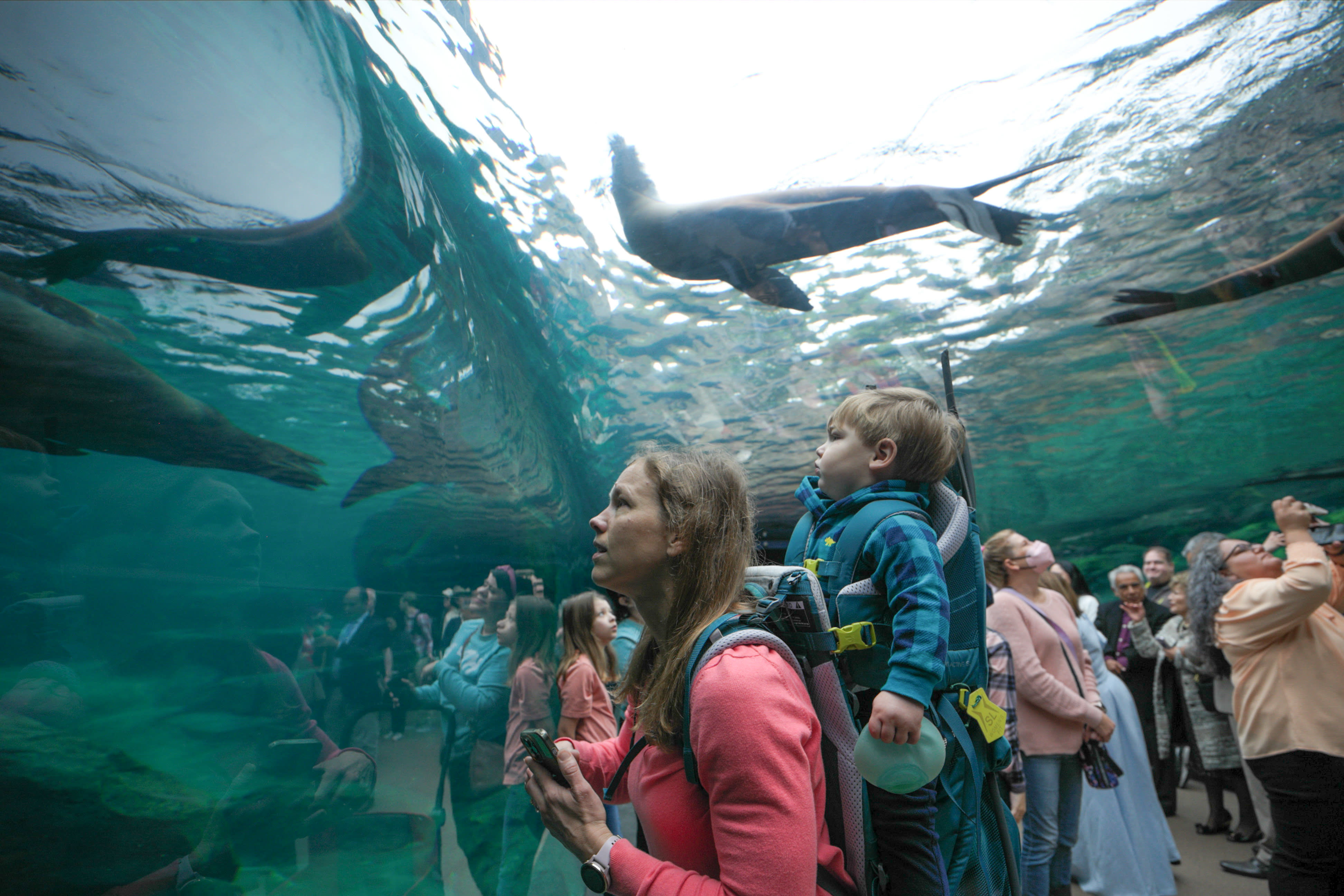Everything You Need to Know about the Total Solar Eclipse

The Houston Museum of Natural Science is hosting multiple eclipse events.
Mark your calendars, Houston. On April 8, a celestial showcase unlike any other will grace our skies. A total solar eclipse—the first to reach Texas since 2017—will plunge us into a brief twilight right in the middle of the day. It will travel across the state for 480 miles, entering from Mexico and reaching its peak around 1:40pm. While the Bayou City will only have a partial view of the phenomenon, the moon will cover most of the sun’s surface and there will be plenty to see right here in town. For those who want a complete glimpse, take a drive to San Antonio, which will be in a direct viewing path. Don’t miss this cosmic phenomenon: the next one won’t happen for 20 years.
What is a total solar eclipse?
A total eclipse occurs when the moon completely obscures the sun, casting a shadow on the Earth and plunging the area within the path of totality into darkness. For a brief period, usually just a few minutes, day turns into night, stars become visible, and the sun’s wispy outer atmosphere—the corona—comes into view.
What safety tips should you follow?
Like with any eclipse, having the right viewing equipment is crucial to ensure a safe and enjoyable experience. NASA advises against looking directly at the sun during any phase of the eclipse without proper eye protection. Standard sunglasses are not sufficient to protect your eyes from the intense solar radiation. Instead, viewers should use certified eclipse glasses that block out harmful ultraviolet, visible, and infrared radiation, allowing you to safely observe the occurrence. It’s essential to inspect your glasses for scratches or holes before use, as even a small imperfection can lead to eye damage.
Where to see the total solar eclipse

The Space Center will be celebrating the eclipse from April 6–8.
Catch the sights at the Space Center
NASA | Begins at 10am | $25+
Space Center Houston is hosting an all-day celebration of the eclipse. This will include a discussion with former astronaut Tony Antonelli, as well as multiple options for things to do such as an inflatable eclipse-themed maze, activities with the Houston Astronomical Society, an interactive mural, and a pop-up planetarium presentation. Save room for eclipse-themed snacks.
1601 E NASA Pkwy
Watch the eclipse surrounded by plants
Multiple Locations | 1–2pm | Free
Visit any one of Cornelius Nursery’s five stores across Houston and Galveston for a watch party. The family-friendly event will provide complimentary viewing glasses for attendees, who will also receive a bag of stargazing gifts. Your little ones can enjoy crafts at the children’s station.
Houston and Galveston
View the experience from a sundial
Hermann Park | 10:30am–3pm | Free
The Houston Museum of Natural Sciences (HMNS) is inviting Houstonians to watch the total eclipse at the museum’s sundial at 12:20pm. While you get ready for the showcase, browse the telescopes and T-shirts for sale, and enjoy free solar activities. HMNS will also be live streaming the eclipse from Bandera, a town northwest of San Antonio which attendees of the Houston event will be able to follow. Viewing glasses will be available for purchase.
5555 Hermann Park Dr

All HMNS total eclipse events are family-friendly.
Attend the Local Eclipse Experience
Sugar Land | 10am–3pm | $10–15
HMNS will also be putting together a viewing option at its Sugar Land location where guests can view the museum’s current exhibits and make solar-themed crafts while waiting for the eclipse. Experts and astronomers will be on-site, and eclipse glasses are provided with a ticket purchase.
13016 University Blvd




